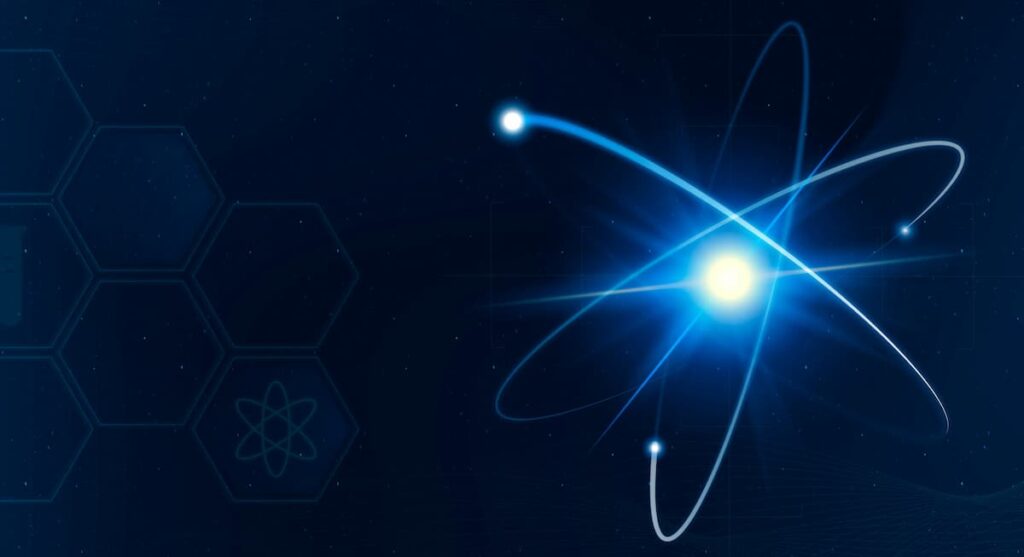Machine learning helps prevent disruptions in fusion devices
MIT researchers have combined machine learning and physics to predict plasma behaviour, helping to safely shut down fusion reactors.

Researchers at MIT have developed a predictive model that could make fusion power plants more reliable and safe. The approach uses machine learning and physics-based simulations to predict plasma instabilities and prevent damage during tokamak shutdowns.
Experimental tokamaks use strong magnets to contain plasma hotter than the sun’s core. They often face challenges in safely ramping down plasma currents that circulate at extreme speeds and temperatures.
The model was trained and tested on data from the Swiss TCV tokamak. Combining neural networks with physics simulations, the team achieved accurate predictions using few plasma pulses, saving costs and overcoming limited experimental data.
The system can now generate practical ‘trajectories’ for controllers to adjust magnets and temperatures, helping to safely manage plasma during shutdowns.
Researchers say the method could be particularly important as fusion devices scale up to grid-level energy production. High-energy plasmas in larger reactors pose greater risks, and uncontrolled terminations could damage the machine.
The new model allows operators to carefully balance rampdowns, avoiding disruptions and ensuring safer, more efficient operation.
Work on the predictive model is part of wider collaboration with Commonwealth Fusion Systems and supported by the EUROfusion Consortium and Swiss research institutions. Scientists see it as a crucial step toward making fusion a practical, reliable, and sustainable energy source.
Would you like to learn more about AI, tech and digital diplomacy? If so, ask our Diplo chatbot!

